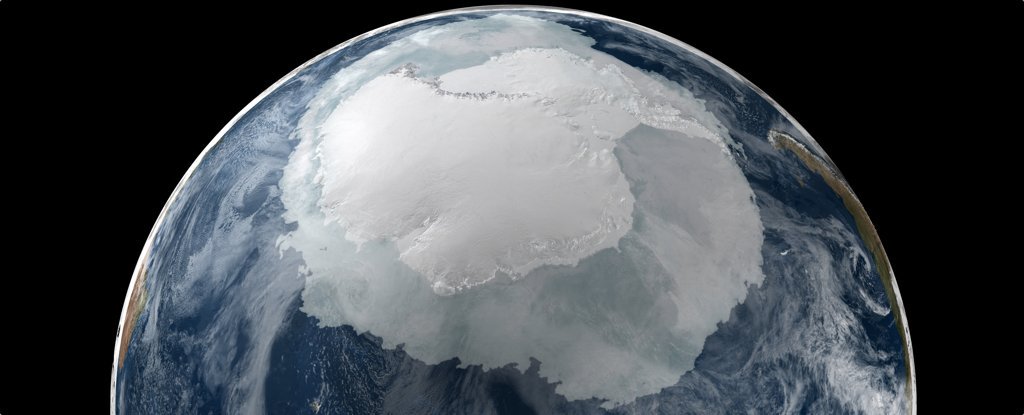SOURCE: NASA and Science Alert
DATE: January 30, 2019
SNIP: A gigantic cavity – two-thirds the area of Manhattan and almost 1,000 feet (300 meters) tall – growing at the bottom of Thwaites Glacier in West Antarctica is one of several disturbing discoveries reported in a new NASA-led study of the disintegrating glacier. The findings highlight the need for detailed observations of Antarctic glaciers’ undersides in calculating how fast global sea levels will rise in response to climate change.
Researchers expected to find some gaps between ice and bedrock at Thwaites’ bottom where ocean water could flow in and melt the glacier from below. The size and explosive growth rate of the newfound hole, however, surprised them. It’s big enough to have contained 14 billion tons of ice, and most of that ice melted over the last three years.
“[The size of] a cavity under a glacier plays an important role in melting,” said the study’s lead author, Pietro Milillo of JPL. “As more heat and water get under the glacier, it melts faster.”
About the size of Florida, Thwaites Glacier is currently responsible for approximately 4 percent of global sea level rise. It holds enough ice to raise the world ocean a little over 2 feet (65 centimeters) and backstops neighboring glaciers that would raise sea levels an additional 8 feet (2.4 meters) if all the ice were lost.

